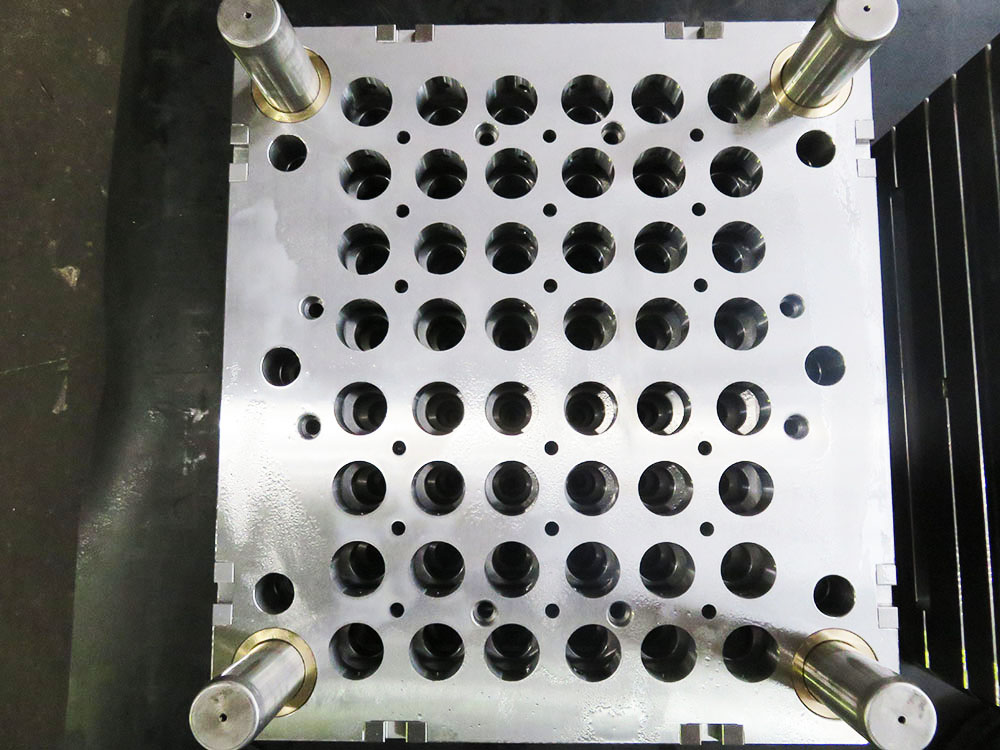Calculation of the Free End Length of Support Bracket
In the mold base industry, the calculation of the free end length of support brackets plays a crucial role in ensuring the stability and strength of the overall structure. This calculation is essential for determining the appropriate size and dimensions of the support brackets, thus providing reliable support for the molds and the entire assembly.
Why is the Calculation Important?
Support brackets are designed to bear the weight and load of the mold assembly, ensuring that it remains stable during the molding process. The calculation of the free end length is essential for determining the optimal size and length of the support brackets, which directly affects the overall structural integrity and stability of the mold base.
Additionally, the calculation takes into account factors such as the type of material being molded, the weight of the mold, and the forces exerted during the molding process. By accurately calculating the free end length of support brackets, manufacturers can ensure that the mold base can withstand these forces without any risk of failure or deformation.
Factors Considered in the Calculation
Several factors are considered when calculating the free end length of support brackets. These factors include:
1. Weight of the Mold: The weight of the mold assembly directly influences the load that the support brackets will bear. Heavier molds require longer support brackets to provide adequate stability.
2. Material of the Mold: Different materials have varying densities and strengths. The material of the mold being supported affects the overall weight distribution and load-bearing capacity, which in turn determines the required length of the support brackets.
3. Molding Process Forces: The forces exerted during the molding process, such as clamping force, injection pressure, and cooling forces, must also be taken into account. These forces can put additional stress on the support brackets, necessitating longer lengths to ensure stability.
The Calculation Process
The calculation of the free end length of support brackets typically involves the following steps:
1. Determine the Weight of the Mold: This can be done by summing up the individual weights of the mold components, including the core, cavity, inserts, and any additional components.
2. Calculate the Load Distribution: Based on the weight of the mold and the material being molded, the load distribution on the support brackets can be determined. This involves considering the distribution of weight across the brackets and calculating the load-bearing capacity required.
3. Assess Molding Process Forces: Analyze the forces exerted during the molding process, such as clamping force and injection pressure. This evaluation helps estimate the additional load that the support brackets will need to handle.
4. Determine the Material and Dimension of the Support Brackets: Based on the load calculation, select an appropriate material for the support brackets. Materials with higher strength and rigidity are preferred for heavy molds. Additionally, the dimensions of the support brackets, including length, width, and thickness, are determined based on the load distribution and material properties.
5. Verification and Prototype Testing: Before finalizing the design, manufacturers should conduct prototype testing to verify the calculated free end length of the support brackets. This involves subjecting the mold assembly to simulated molding conditions and evaluating its stability and structural integrity.
Conclusion
The calculation of the free end length of support brackets is a critical aspect of mold base design in the mold base industry. By carefully considering factors such as mold weight, material, and molding process forces, manufacturers can ensure the stability and strength of the mold assembly. Accurate calculations result in support brackets that can withstand the necessary forces without failure or deformation, ultimately contributing to the successful molding process and efficient production in the mold base industry.




